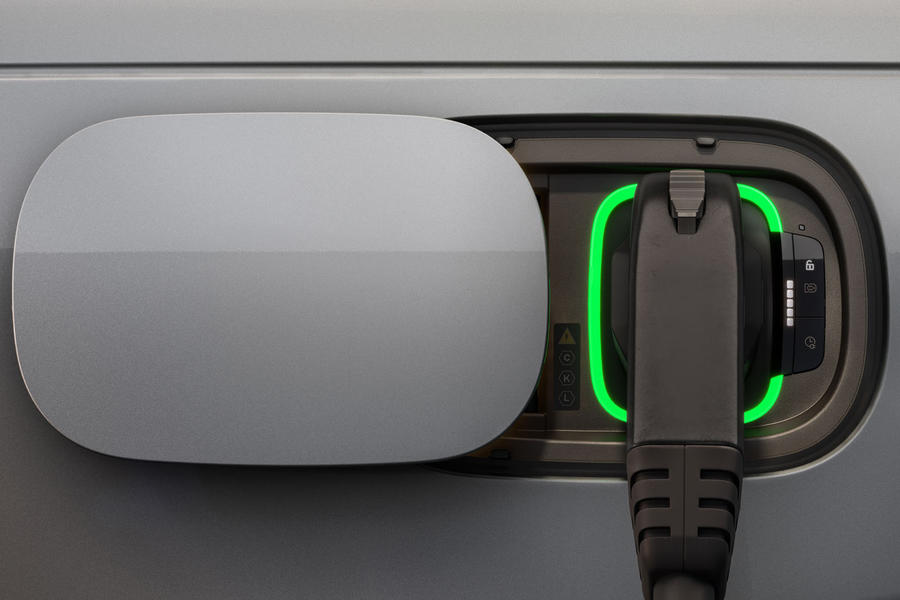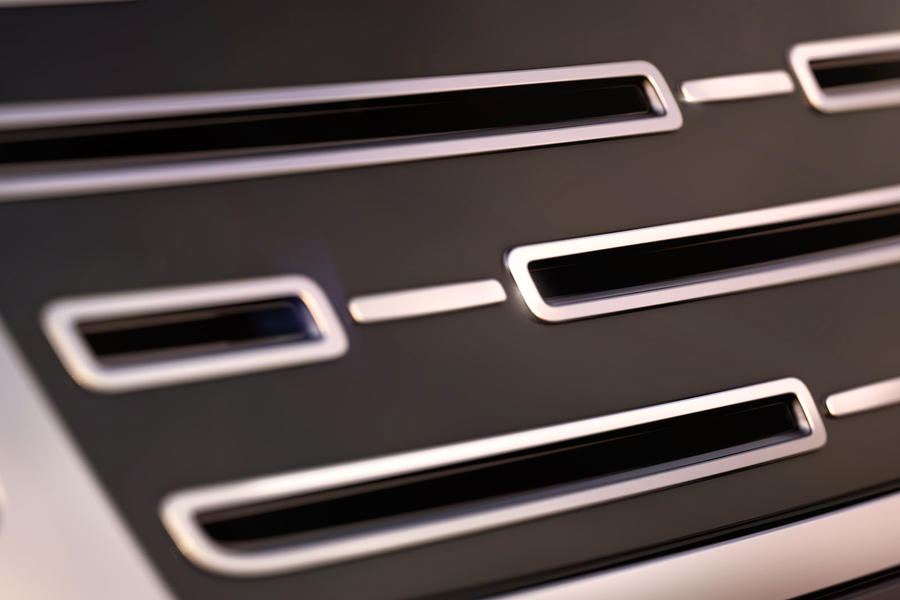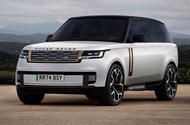Land Rover’s first electric car edges closer to launch; promises to embody “true Range Rover values”
More than 16,000 customers have signed up to the waiting list for the new Range Rover Electric, according to company bosses.
The British brand’s first full electric car, which is claimed to offer performance similar to the current V8-powered flagship, is due to launch later this year. Range Rover opened a waiting list for the model in December 2023 – and has reported strong interest in the model.
While the waiting list only gives an indication of interested customers, rather than a formal reservation, JLR boss Adrian Mardell said the firm was “excited about the strong client interest” in the model.
The first battery-electric Range Rover will be based on the existing combustion engined model and JLR (formerly Jaguar Land Rover) product engineering boss Thomas Müller has claimed it will be “the quietest and most refined Range Rover ever”.
Preview images show that it will also retain similar styling, albeit with a few bespoke elements. It will use an 800V architecture, which will enable ultra-fast charging.
Range Rover Electric performance
Although Range Rover bosses have yet to give any performance details for the new model, Müller said it will have the same “go-anywhere” capability as the ICE version, with a pledge that it will offer towing, wading and all-terrain capability that will exceed any other luxury electric SUV – including the ability to wade through 850mm-deep water.
The hint that the Range Rover Electric will offer performance “comparable” to the existing V8 suggests a total output close to the 523bhp that model offers.

It is expected to adopt a twin-motor set-up, which will allow for greater all wheel-drive ability and systems such as torque vectoring to boost its off-road potential.
JLR has recently begun an on-road prototype testing programme for the new model, with trials taking place in locations such as Sweden and Dubai.
The firm says its test programme has been adapted to particularly examine the vehicle’s underfloor, battery durability and thermal derating.
The Range Rover Electric will be built in Solihull alongside the existing mild- and plug-in hybrid versions. It will initially use batteries from a third-party supplier before eventually switching to packs produced in the new Somerset gigafactory that JLR parent firm Tata is planning.
Batteries and electric drive units for the new model will be assembled at JLR’s new electric propulsion manufacturing centre in Wolverhampton.
Evolution of the electric RR
The electric Range Rover, which will serve as a rival to the BMW iX and Mercedes-Benz EQS SUV, remains under wraps (even camouflaged prototypes have yet to hit public roads), but visually it’s unlikely to differ substantially from the ICE-powered car.
The subtle evolution of the Range Rover’s design over the years suggests its recognisable silhouette is intrinsic to the model name, so it’s likely to be maintained for all powertrain variants.
Originally, it was planned that Land Rover’s first EV would share the MLA underpinnings with the long-promised electric Jaguar XJ, but that model was cancelled as it was deemed incompatible with then CEO Thierry Bolloré’s vision for the brand.

The electric Range Rover could be one of the first production models to benefit from a new development partnership between JLR and BMW, which will have the German and British firms collaborate on electric drive systems. Whether these systems will bear any relation to those used by BMW’s current EVs – or indeed JLR’s own Jaguar I-Pace – is unclear, but it’s almost certain that an electric Range Rover would feature two driven axles and have similar power figures to the most potent ICE car.
Interestingly, Land Rover programme director Nick Miller previously told Autocar that the MLA architecture can also readily accommodate a hydrogen powertrain, which means a Range Rover FCEV could be on the cards as the company’s Project Zeus hydrogen development programme continues.
Land Rover was previously testing a hydrogen-fuelled Defender prototype, and says hydrogen will be “complementary” to battery-electric technology across its line-up as it strives to achieve zero tailpipe emissions by 2036.
A drivable fuel-cell concept is due to be revealed at some point in the near future. The vehicle will give Land Rover an opportunity to show off how hydrogen could be a more appropriate alternative fuel than batteries for its models, which are typically larger and heavier and prioritise long-distance refinement.
Source: Autocar
